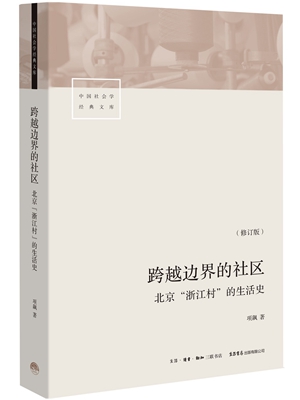
This book delves deep into the lives of Beijing floaters. It’s a journey through the metamorphosis of China’s capital city in the past three decades. At the heart of this metamorphosis lies Zhejiangcun, a microcosm spun out of the hopes and grit of migrants from Zhejiang Province. This book is a testament to their 30-year odyssey. Through their intimate stories, you’ll witness the pulse of China’s migrating population, a force reshaping not just the city’s skyline, but also its economy and society.
Zhejiangcun took shape in the 1980s in the Nanyuan district, nestled just five kilometers south of Tiananmen Square. For the past three decades, it has stood as a microcosm of urban transformation in China. Its unique economic pulse, social fabric, and the intricate dance between its internal space and the evolving metropolis around it – all offer a vivid window into the experiences of China’s migrating population and the socio-economic forces shaping their lives since the Reform and Opening Up. Zhejiangcun serves as a powerful case study on the impact of China’s evolving systems, power dynamics and policies.
Armed with personal connections, the author embarked on a six-year survey project in Zhejiangcun in the mid-1990s. His writing, unassuming yet captivating, captures the intricate details of this migrant community – from the formation, structure and evolution of Zhejiangcun to the rhythms of daily life of its inhabitants. This book grants us intimate access, not just to the mechanics of Zhejiangcun, but to the beating heart of its inhabitants, illuminating their ties to their hometowns, their dreams, their jobs, the complexities of dual residency and their interactions with authorities.
Two decades after its first publication, this book makes a comeback in a revised edition, featuring a new preface that explores the latest developments in Zhejiangcun and Chinese society as a whole since the year 2000. It also examines the intricacies of regularization and split-seize models and includes a schematic diagram illustrating the layout of Zhejiangcun before its dismantling in 2017 to facilitate a historical comparison.
